“Traditional ivory-white rice noodles are very popular in the Southwest region. Saigonese often use opaque white rice noodles, which are very crispy and easier to prepare because the noodles have low adhesion.”
Hu Tieu - a specialty of traditional Southern cuisine made from different types of rice has become a long-standing cultural feature of Southern people.
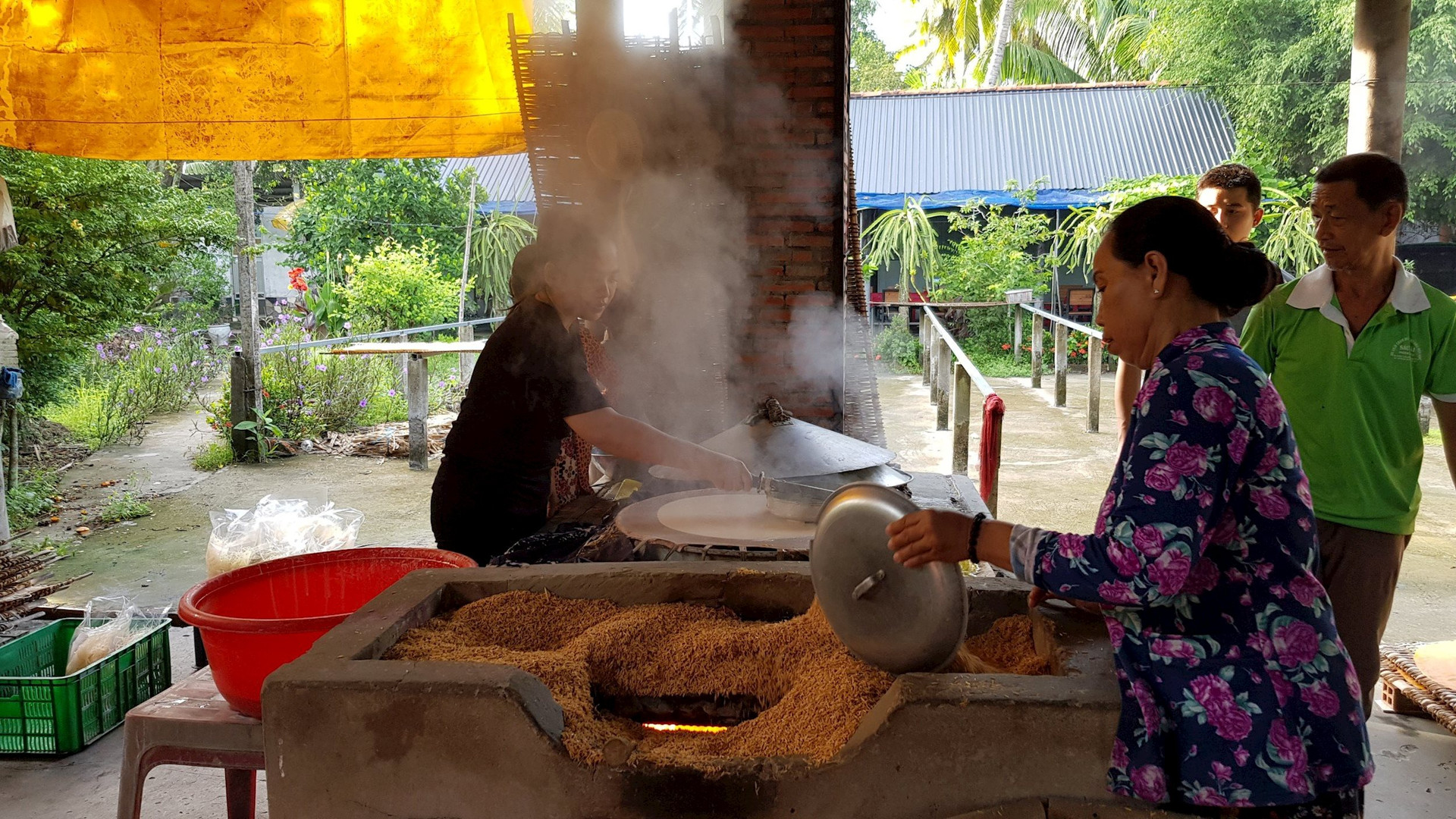
Like Pho in the North and Quang noodles in the Central, Hu Tieu in the South is very popular in daily life when it is processed into dozens of extremely diverse and rich dishes.
In traditional noodle villages, each place has its own secret to create different special noodles, but to make the finished product, it must go through the steps of soaking, washing rice, kneading, grinding, kneading, beating, putting in a jar of water to stir to get starch, rinsing, drying and finally cutting noodles into noodles, the most important thing is to choose good rice.
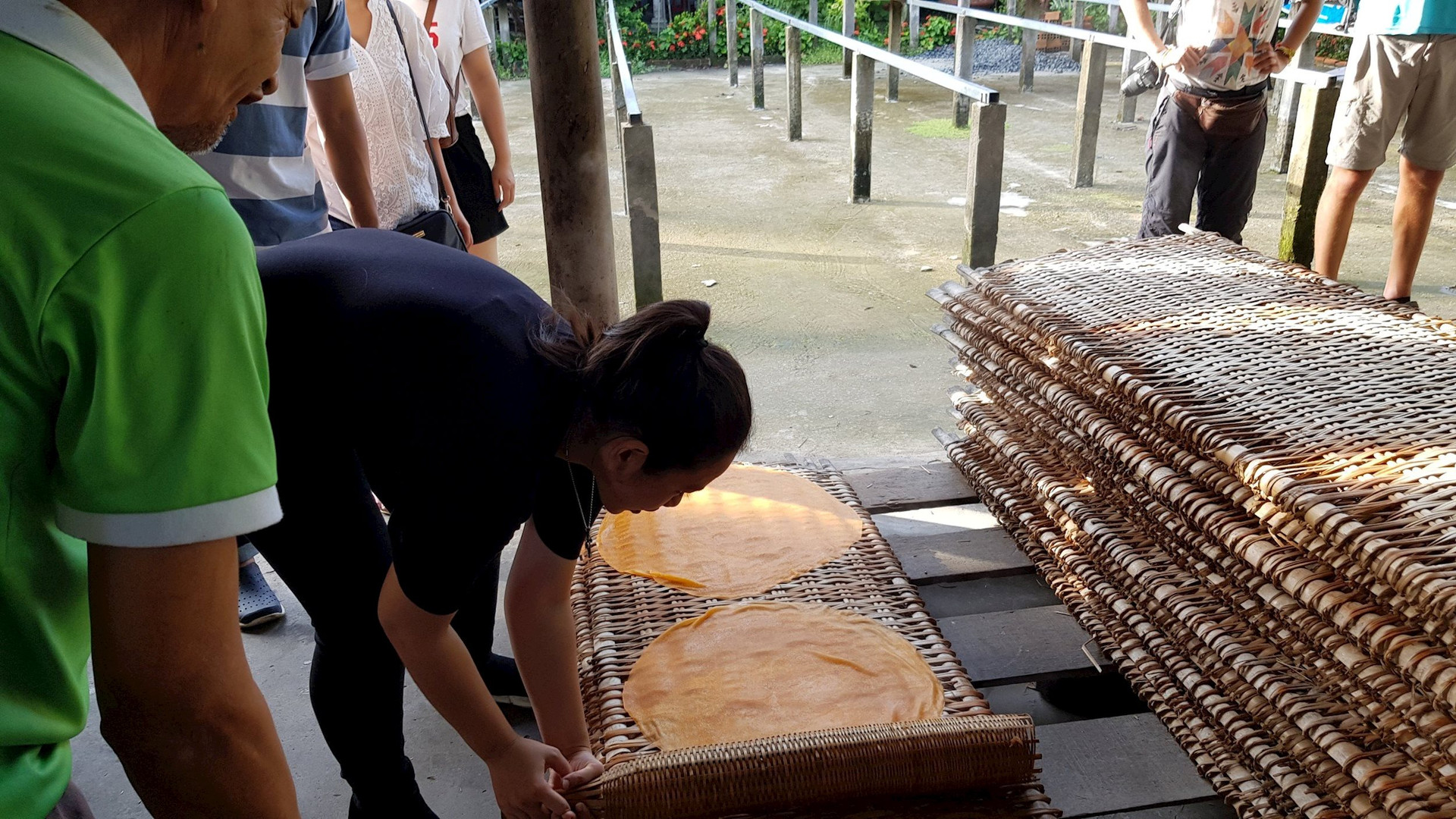
Inside the noodle furnace, there are many jars of flour. The noodle maker has to stand diligently next to the stove, steaming the noodles with rice husks. The rising steam mixes with the sweat of hard work. The new batches of noodles are dried on bamboo panels, creating a simple beauty of the countryside.
" Can Tho white rice clear water
Whoever goes there does not want to return.
Can Tho City currently has many noodle making establishments, among which Mr. Sau Hoai's is a long-standing and famous place in the locality. In addition to daily production of large quantities to meet market demand, this place also combines sightseeing programs, witnessing the process, and experiencing the “noodle making profession” for domestic and foreign tourists .
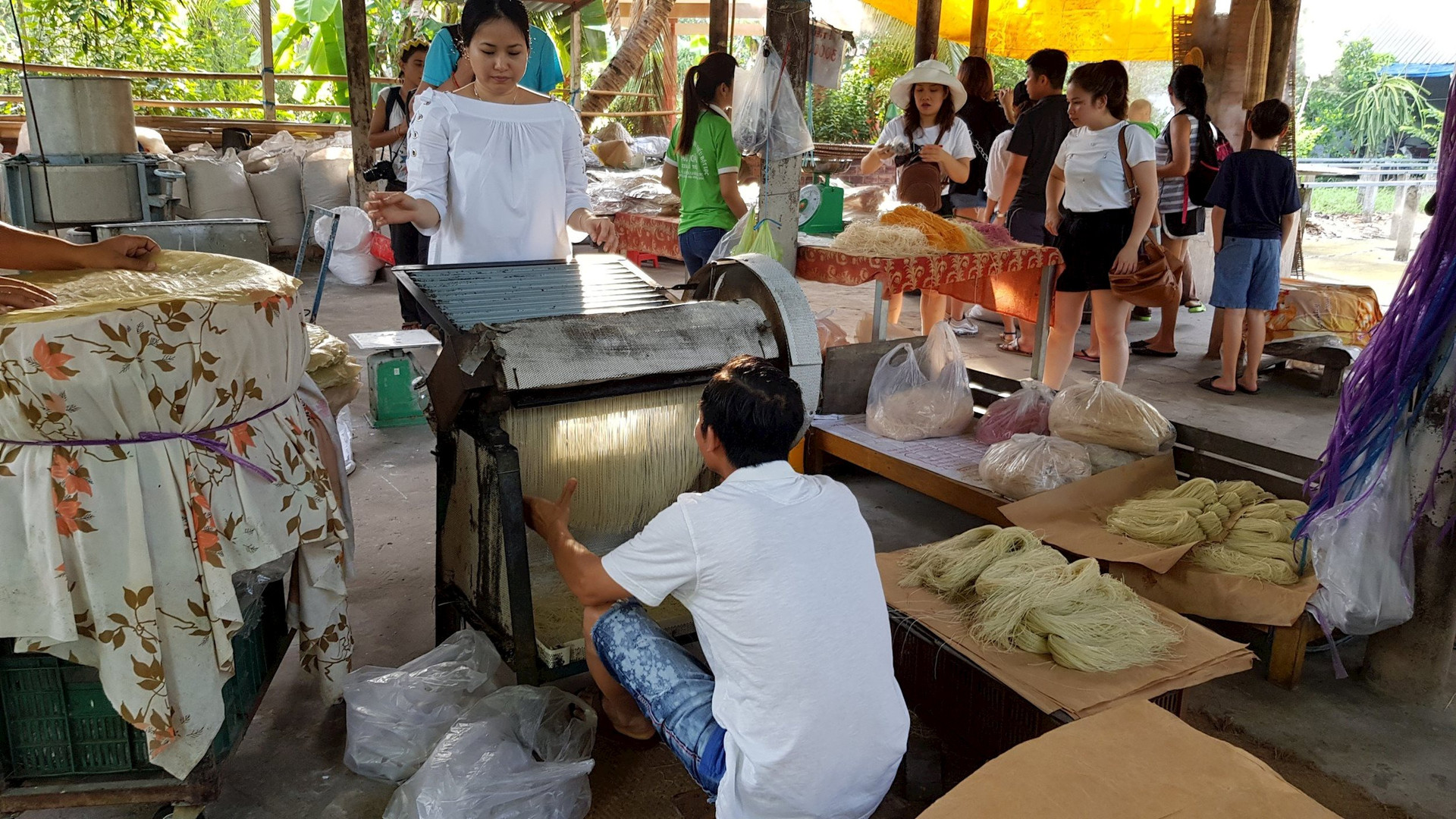
After drying, the rice paper is put into a machine to cut into noodles.
Mr. Huynh Huu Hoai (owner of Sau Hoai - a person with nearly 50 years of experience making noodles) said: "Cuisine is not just about the recipe to make delicious dishes. To compete with other industrial noodles now, the craftsman must put into it his love for the job, the desire to make customers satisfied with the products he makes, plus his long-term experience."
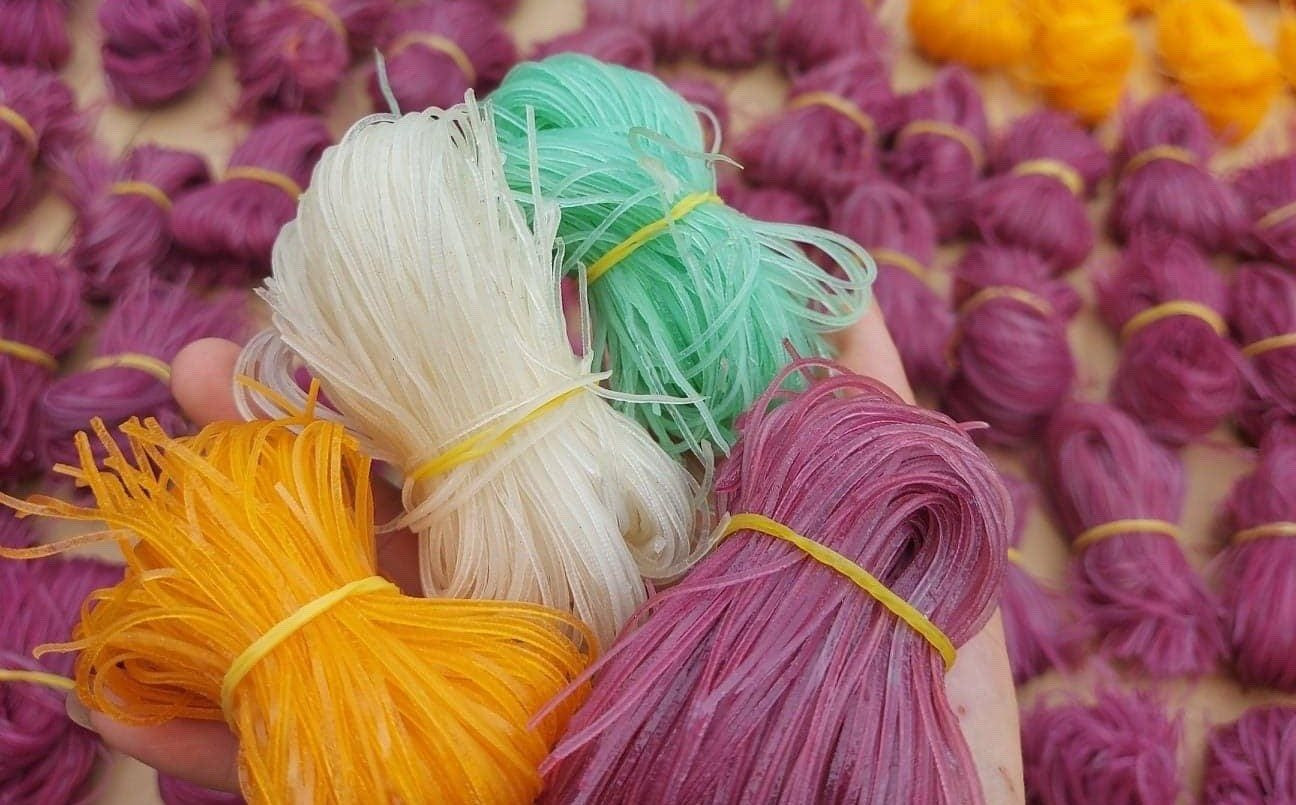
According to Mr. Hoai, to create delicious noodles, the production process requires selecting rice with a high starch content. The rice is placed in a jar with giang leaves to settle and remove impurities. Next, depending on the culinary preferences of each region, he mixes the rice content in different proportions, and each type of noodles is usually colored according to seasonal vegetables, with a ratio of about 20% for each production batch.
In addition, the pre-made noodle dishes at the store also require cooking broth from bone marrow, chicken and fresh coconut water to create a unique flavor, this is a privilege only available at Sau Hoai's oven.
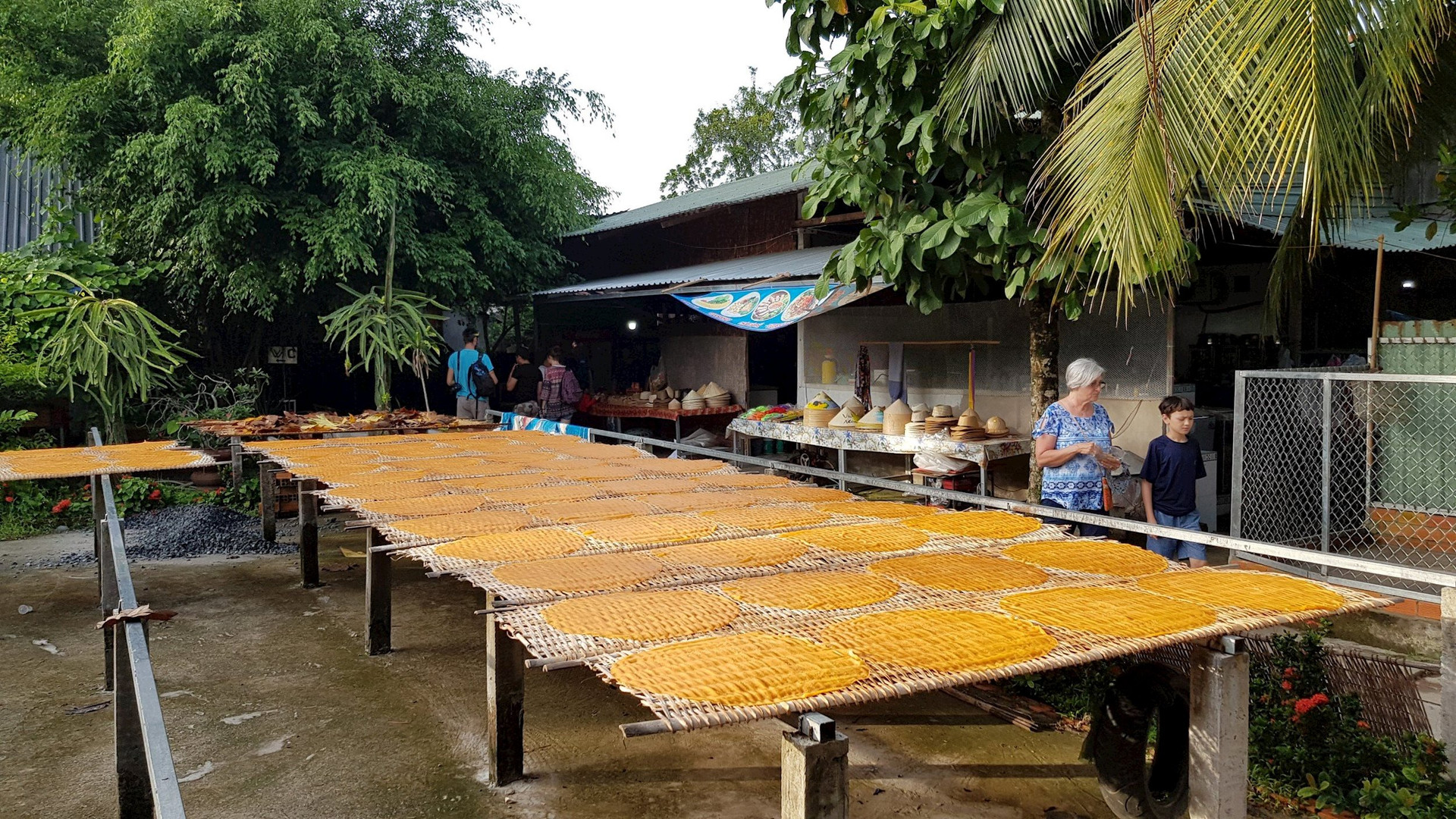
Introducing craft villages to tourists is not only a way to open up opportunities to explore cultural beauty but also to convey the rustic beauty of indigenous handicrafts. These craft villages not only retain long-term cultural values but also contribute to local economic development. Instead of having to travel far to find work, local residents can rely on the power of traditional arts to maintain a stable life. At the same time, the preservation and development of traditional arts is also promoted through this craft activity.
Source link




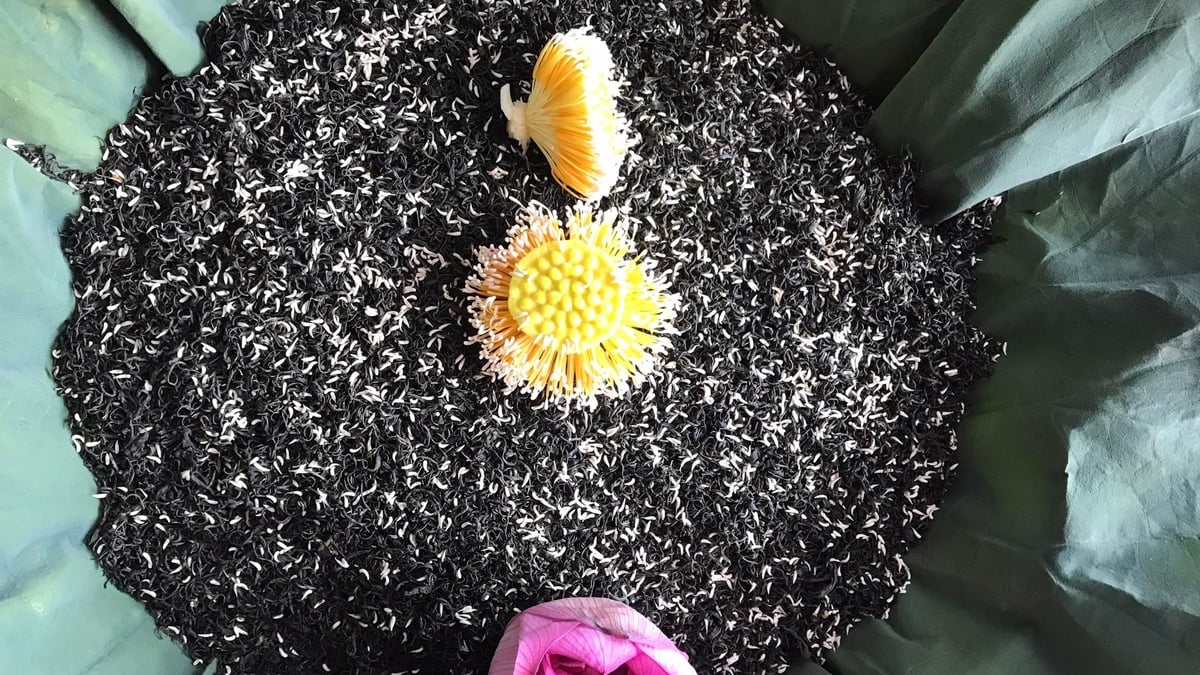
























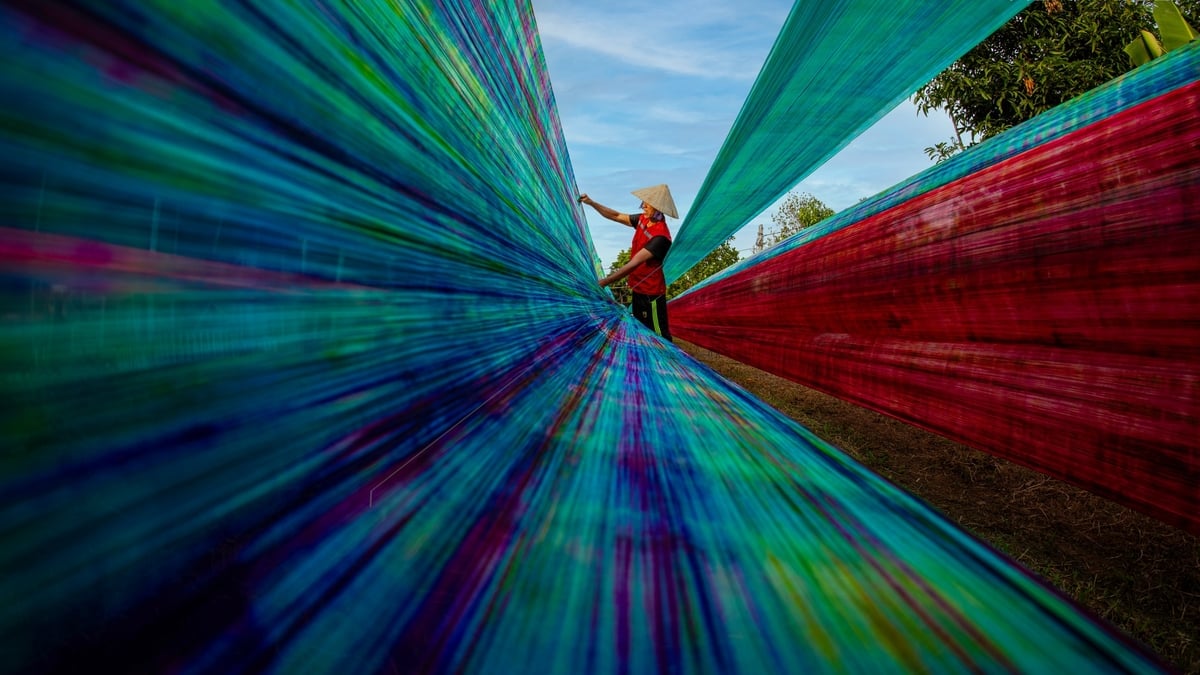





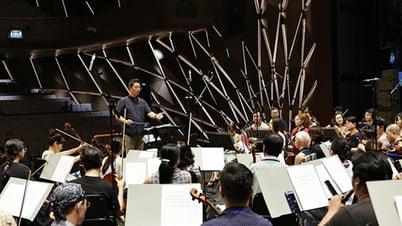



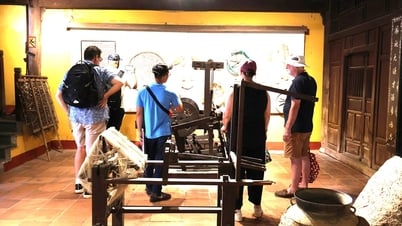





















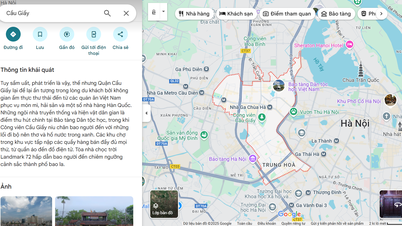







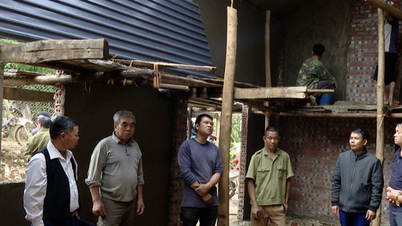














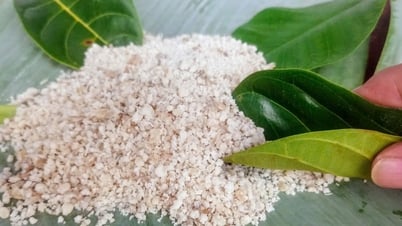
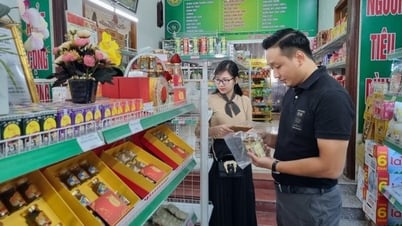

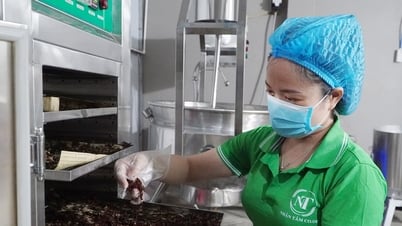

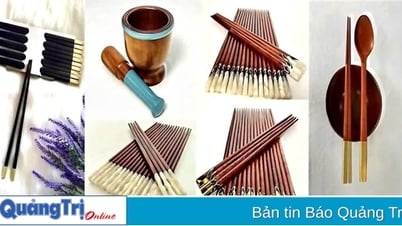

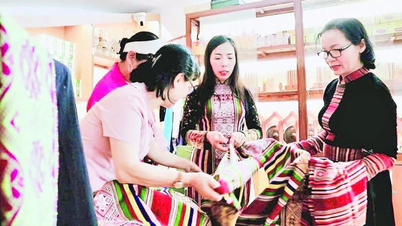







Comment (0)